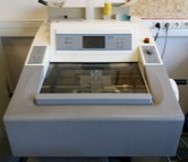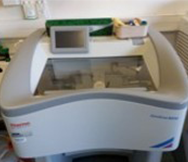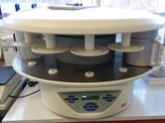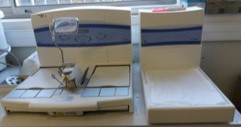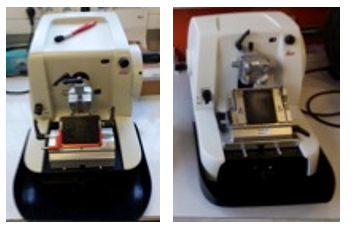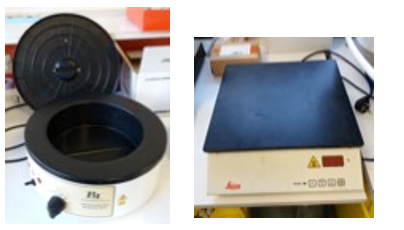Paraffin embedded tissue section
> Applications and samples evaluated
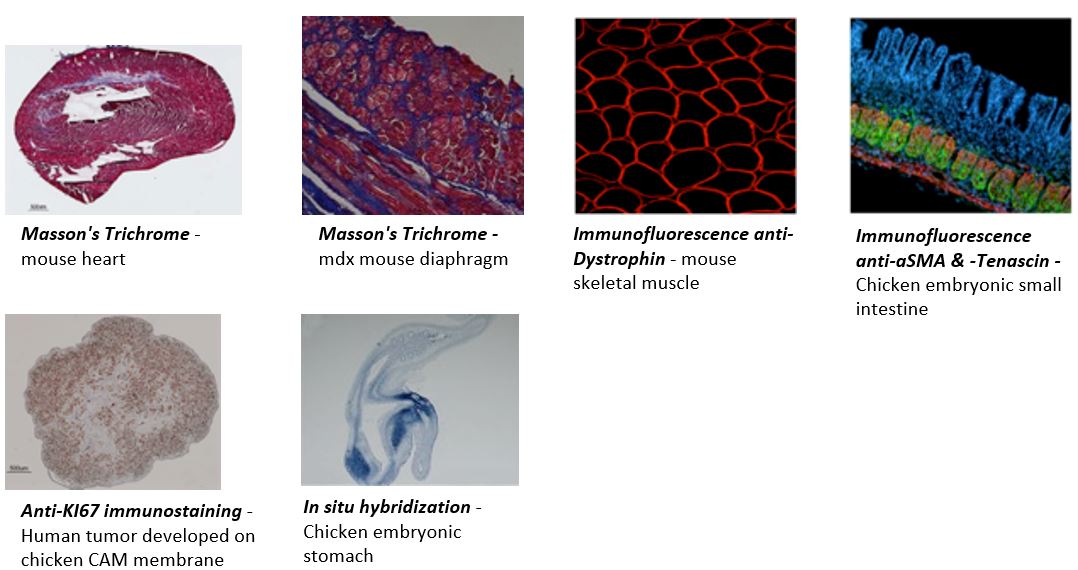
Description: Applications in optical microscopy can be diverse, ranging from simple histo-morphological staining, to immuno-labeling of proteins with a choice of varied detection: fluorochromes or enzymatic activities (HRP, AP, etc.) and the detection of specific mRNA by the technique of in situ hybridizatio
Tissues evaluated: Heart; Skeletal muscle; Gastrointestinal tube; Lung.
Models assessed: Human; Mouse; Rat; Chicken.

